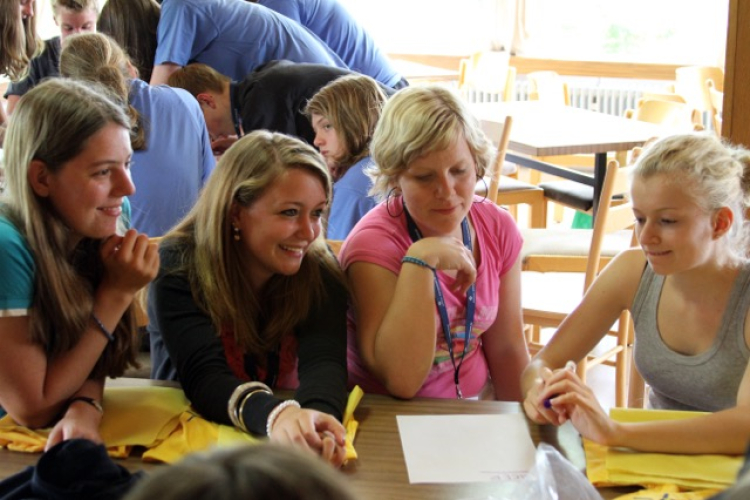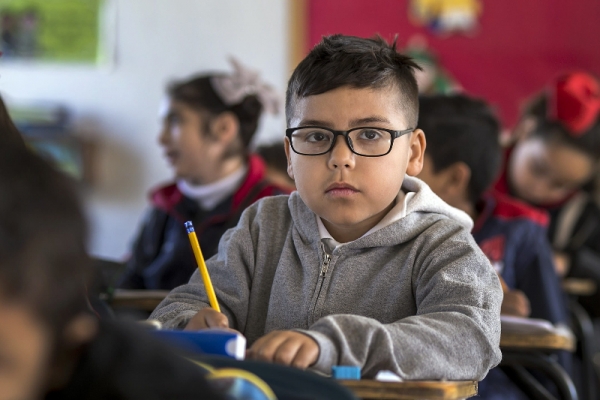Using Classroom Conversations to Build Language Fluency

Many teachers who are new to using conversation will pose a question from a list of conversation starters and expect the students to engage. The usual result is the sound of crickets and blank stares. So how do we go about structuring an effective conversation class[1] or classroom discussion?
First, content is key. The students will need to have some interest in the topic for them to be engaged. Even if they don’t have a personal interest in the subject, it is good to establish why it is important or useful. Maybe it is something they are studying in their other classes and they need more practice speaking about it. It could be as simple as it being part of their leaving exams. Whatever the case, it is important for students to find a connection to the material.
The second thing to remember is that you want all of your students to have practice speaking. Try to include pair work or small group activities to facilitate more talk time. You also want to limit the amount of time you speak as much as possible. A good rule of thumb is students should speak for about 80% of the lesson. This article has several strategies to help you reduce teacher talk.
Start with a hook, something that grabs the students’ attention. This could be a question to see what background knowledge the students have on the chosen topic, a picture, a short video clip, or a quick reading. The goal is to pique student interest.
Next, present any new vocabulary or grammar structures the students might need to discuss this topic or complete the planned activities. Try to keep this part short: 5-7 minutes should be all you need. It is important to have some practice activities to help the students master this new information.The actual speaking/discussion activities should take up the bulk of your lesson time. It is best to break your students into small groups or pairs. You may have to model the activity to be sure the students understand what is expected of them. The students should know how you plan to evaluate their progress and participation.
There are many types of activities which work well in conversations classes. Incorporate movement as often as you can. Chat stations are an effective way to get students moving and talking at the same time. Links to more activities and resources are provided below.
Conversation classes are a great way to build student confidence and should be a safe place for students to practice the target language. Students learn how to express themselves and relay information they have learned. It is also a good way to connect with your students and understand them and their culture better (and possibly have fun in the process).
Activity ideas:Additional resources:
- Zero Prep by Laurel Pollard and Natalie Hess has many activities suited to a conversation class with very little prep involved.
- Teach ESL weekly TESL tip in the TEFL Idea Exchange on Yammer
Jessica Weaver
Manager, Teach ESL Program
TeachBeyond
________________________________________
[1] Jessica Weaver heads TeachBeyond’s Teach ESL program. Most of the teachers in this program teach English Conversation classes where the school’s instructions to the teachers is, “Just get them speaking in English.” This is easier said than done. The same skills needed for these teachers to run a conversation class can be transferred to English language learners in the mainstreamed classroom as well--as Jessica’s article points out.
Photo Credits: photos courtesy of TeachBeyond English Language Camps



